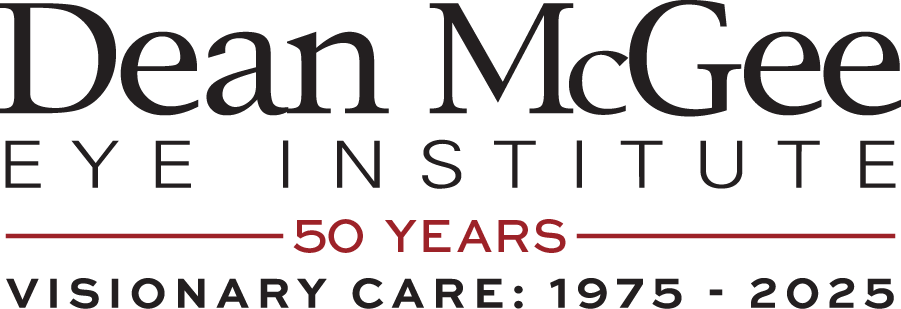
Study: IOL calculation remains challenging in PKP eyes

The study assesses and compares the accuracy of IOL formulas using keratometry (K) and total keratometry (TK) values obtained by a swept-source OCT biometer (IOL Master 700) in eyes with previous PKP prior to cataract surgery.
This transcript has been edited for clarity.
Hi, my name is Deanna Dang, I am a fourth year medical student at the University of Oklahoma. This project is a collaboration with Dr. Riaz at Dean McGee Eye Institute, and Dr. Cooke at Great Lakes Eye Care, along with other students and researchers at the University of Oklahoma.
Our project is called "Accuracy of IOL formulas using keratometry and total keratometry values in eyes with previous penetrating keratoplasty (PPK)."
For background, IOL calculations are challenging in this patient population, due to inaccuracy in corneal measurements, astigmatism or corneal pathology. And there is currently a scarcity of literature and guidelines on what formulas to choose for patients who had previous PKP.
For more background, the IOL Master 700 generates a total K (TK) value, which assesses both the anterior and posterior corneal curvature, in contrast to standard k values, which assesses only the anterior cornea. Potentially, the TK value could provide a more complete and accurate measurement of the cornea compared to standard K values in order to improve refractive outcomes.
Which brings us to the purpose of our study, which is to compare IOL formulas utilizing K and TK values in patients with previous PKP prior to cataract surgery. Since K measurements in these eyes are often inaccurate, does using TK improve refractive accuracy?
Results
- Only ~40% of final refractions were within ±0.5 D of the predictions
- No formula was better than its counterpoint (TK formula was not statistically better than K formula and vice versa)
- EVO, Kane, DGS, and Hill RBF had restrictive criteria resulting in deletion of several eyes
- The formula with the lowest RMSE and MAE that was able to run all eyes was K-6
- K6 (TK) was better than Haigis (K), HQ (K), and SRK/T (K)
- Both SRK/T (K and TK) were worse than both Haigis and both HQ formulas
Conclusions
- IOL calculation remains challenging in PKP eyes
- Although TK results were not statistically better than K results and vice-versa, more research is necessary due to the small number of eyes that met in elusion criteria in this study
- While we recommend K6 as having the best performance across all studied eyes, we also note the strong performance of Kane and EVO, with the caveat that these formulas may not compute all eyes, so surgeons should be prepared to utilize other formulas
Newsletter
Don’t miss out—get Ophthalmology Times updates on the latest clinical advancements and expert interviews, straight to your inbox.





